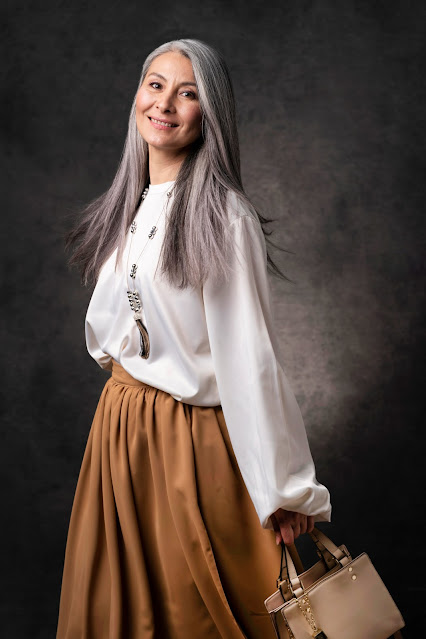Timeless Elegance: Exploring Gilded Age Fashion Trends
In the annals of history, the Gilded Age stands as a testament to opulence, luxury, and elegance. Spanning from the late 19th century to the early 20th century, this era was marked by unprecedented economic growth and conspicuous consumption among the wealthy elite. Fashion during the Gilded Age mirrored the extravagant lifestyle of the era's high society, featuring elaborate garments, refined accessories, and a distinct air of refinement. In this article, we embark on a journey through time to explore the fascinating world of Gilded Age fashion trends.
1. Introduction to the Gilded Age
The Gilded Age, a term coined by Mark Twain, describes the period of American history between the 1870s and the early 1900s. It was characterized by significant economic growth, industrialization, and the emergence of a new class of wealthy industrialists, known as the "Robber Barons." With newfound wealth and prosperity, the elite sought to showcase their social status through luxurious fashion.
2. The Influence of European Elegance
During the Gilded Age, European fashion heavily influenced American styles. The wealthy elite looked to European designers and trends for inspiration. Paris, the fashion capital of the world, played a pivotal role in shaping Gilded Age fashion with haute couture houses like Worth and Doucet leading the way.
3. Silhouettes and Fabrics
Gilded Age fashion was characterized by elaborate and structured silhouettes. Women's fashion featured hourglass shapes with corsets, bustles, and wide skirts that accentuated the hips and waist. Men's attire, on the other hand, showcased tailored suits with high collars and waistcoats.
Sumptuous fabrics like silk, satin, velvet, and brocade were favored, showcasing the wealth and social standing of the wearer. Rich colors and intricate patterns were hallmarks of Gilded Age garments.
4. Women's Fashion
4.1 The Bustle and Hourglass Figure
The bustle, a padded undergarment, was a central element of women's fashion during the Gilded Age. It created an exaggerated rear shape, giving the illusion of a smaller waist and emphasizing the hourglass figure. Dresses with cascading ruffles and frills further enhanced this effect.
4.2 The Gibson Girl Look
The Gibson Girl, an iconic representation of the independent and stylish American woman, emerged during this era. With her hourglass figure, elaborate hairstyles, and fashionable attire, the Gibson Girl became the epitome of beauty and sophistication.
4.3 Extravagant Ballgowns
For formal events and balls, women donned extravagant ballgowns adorned with lace, embroidery, and intricate beading. These elegant dresses often featured low necklines and short sleeves, exuding grace and charm.
5. Men's Fashion
5.1 The Tailcoat and Top Hat
Men's formal wear during the Gilded Age included the tailcoat, which featured a longer back and short front, and the top hat, a symbol of prestige and refinement. Paired with crisp shirts and ascots, these ensembles were the epitome of sophistication.
5.2 The Invention of the Tuxedo
The Gilded Age saw the birth of the tuxedo, a more relaxed alternative to the formal tailcoat. Introduced by American millionaire James Potter, the tuxedo gained popularity for less formal occasions.
6. Accessories and Jewelry
Accessories played a crucial role in Gilded Age fashion, adding an extra layer of opulence to ensembles. Women adorned themselves with choker necklaces, pearl strands, and elaborate hats, while men wore pocket watches, cufflinks, and walking sticks as a part of their daily attire.
7. The Decline of the Gilded Age
As the Gilded Age came to an end, fashion began to evolve with the changing times. The lavishness of the era started to give way to more practical and comfortable clothing, reflecting the shift in societal values.
8. Conclusion
The Gilded Age remains a fascinating period in history, marked by its unique and opulent fashion trends. The era's legacy of elegance and sophistication continues to influence modern fashion, reminding us that timeless beauty transcends the ages.


0 Comments